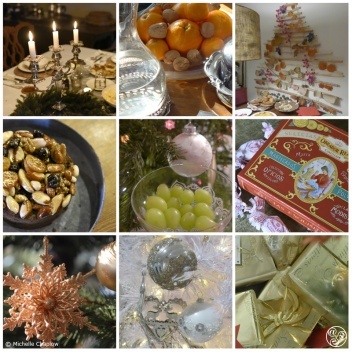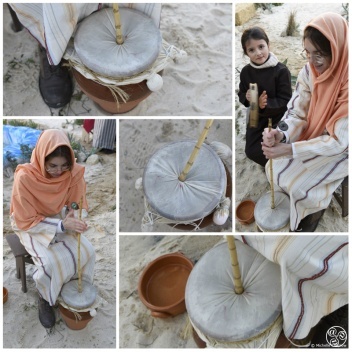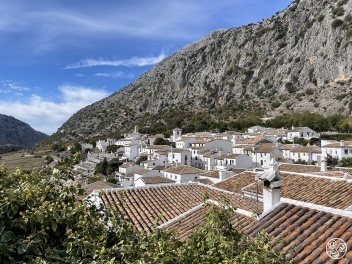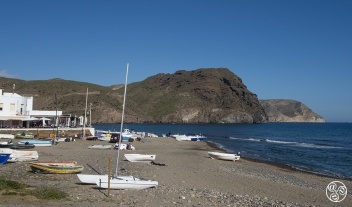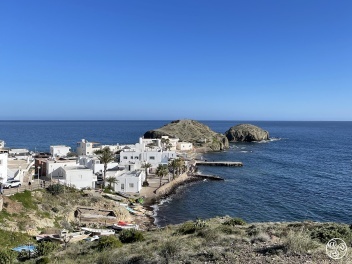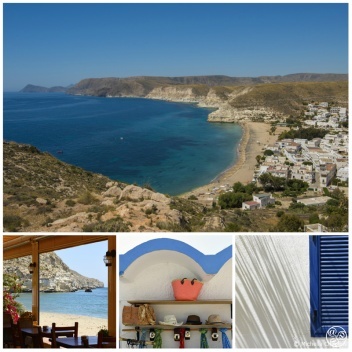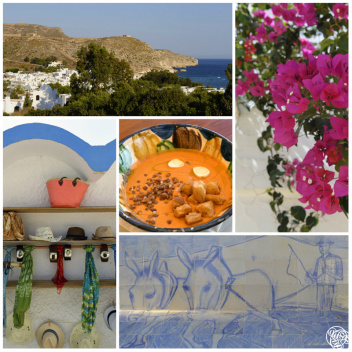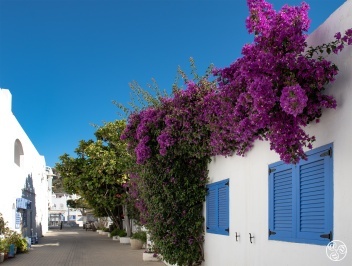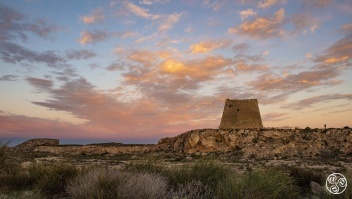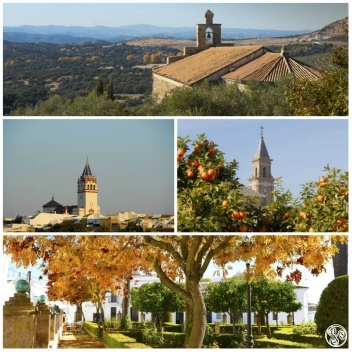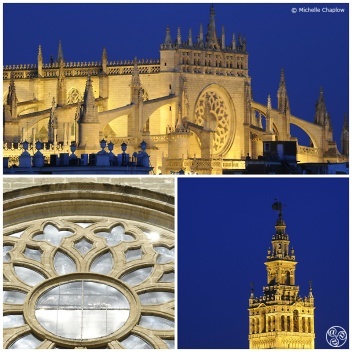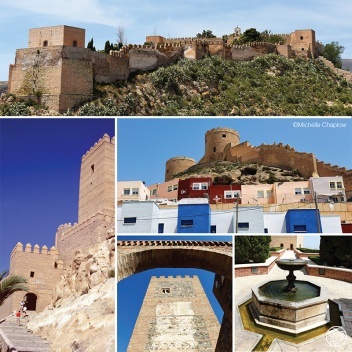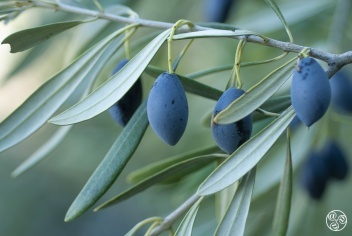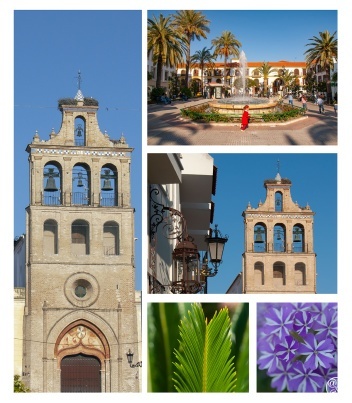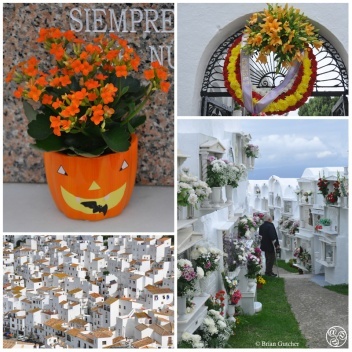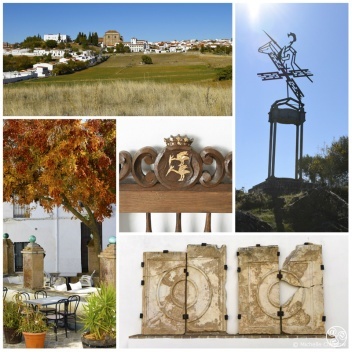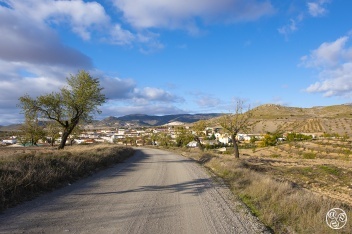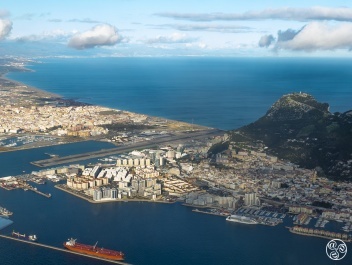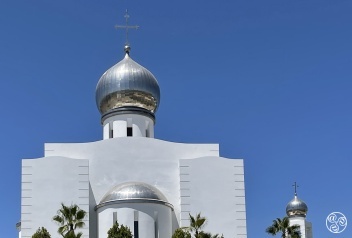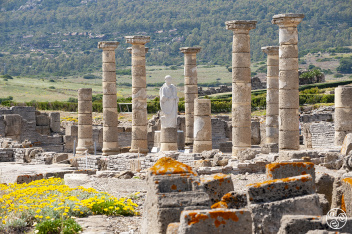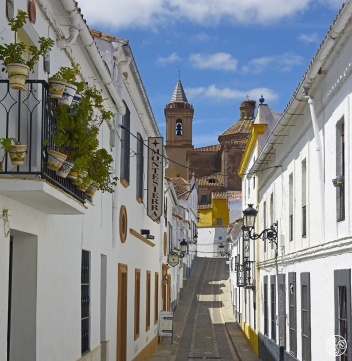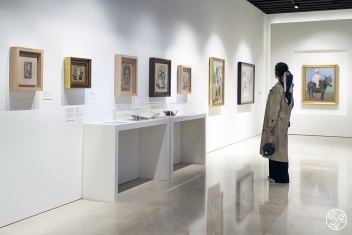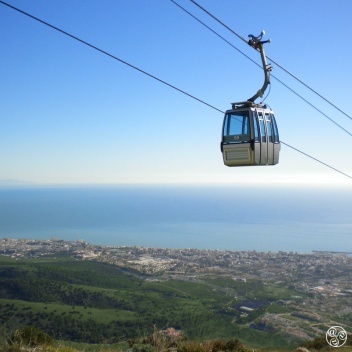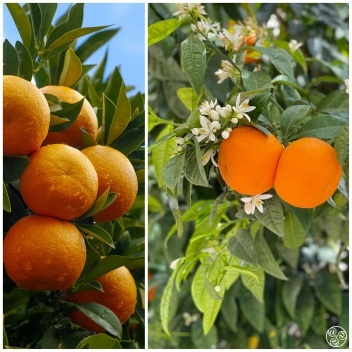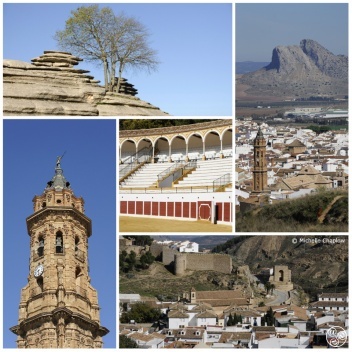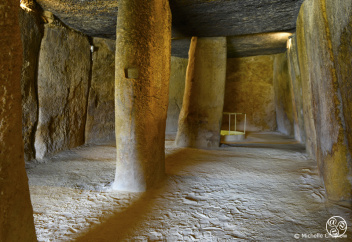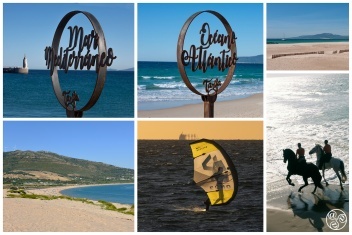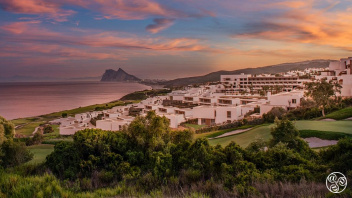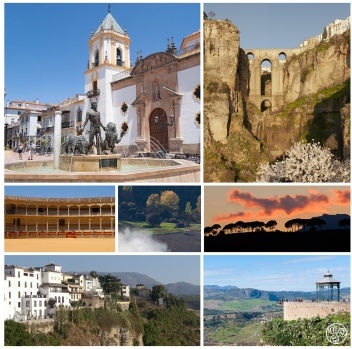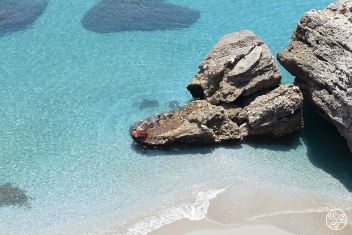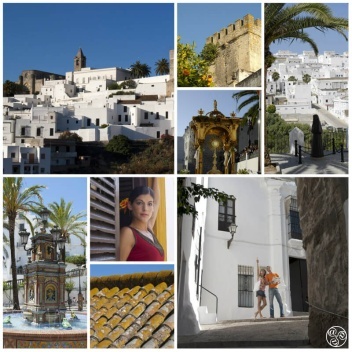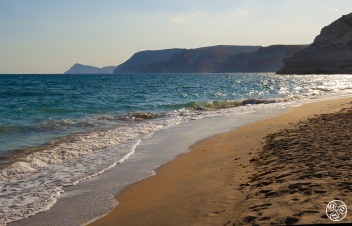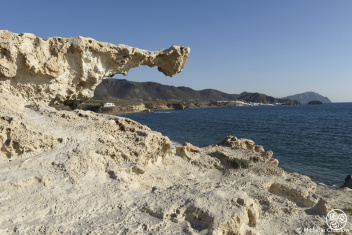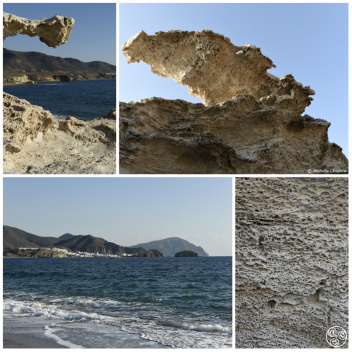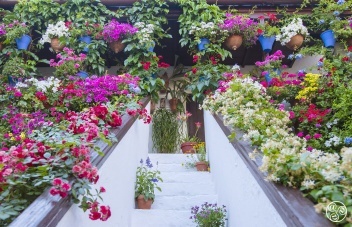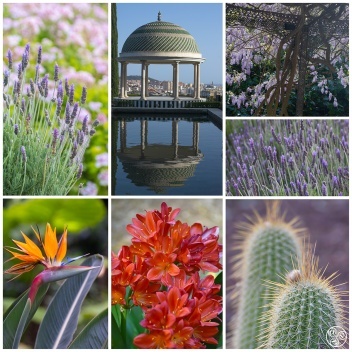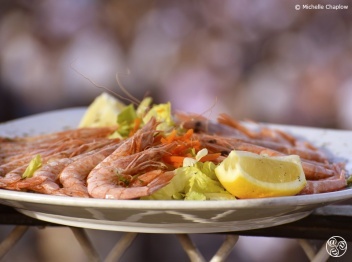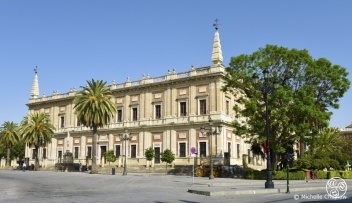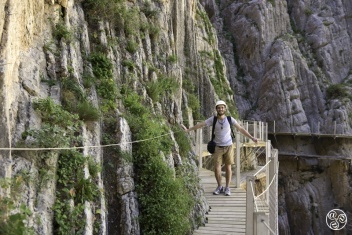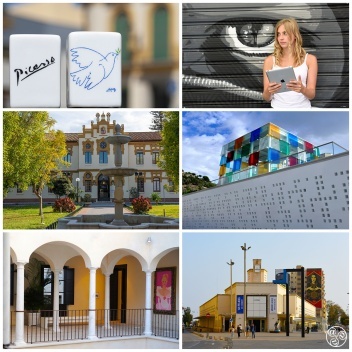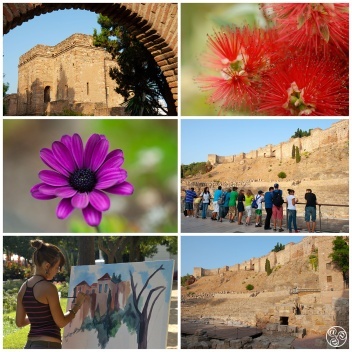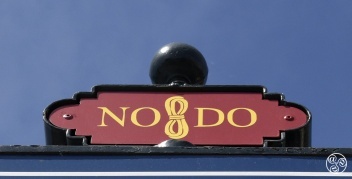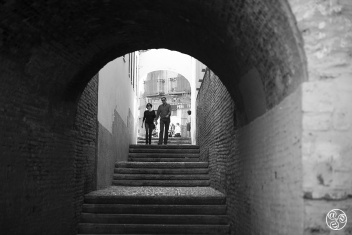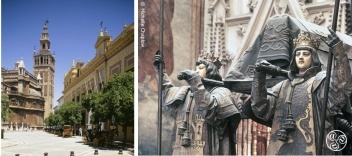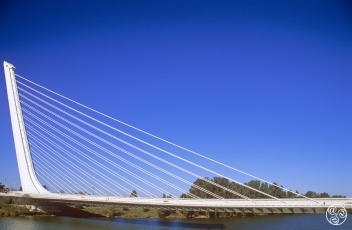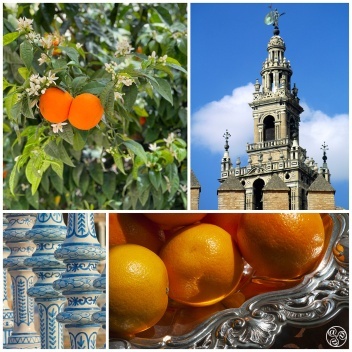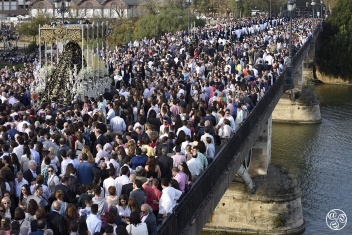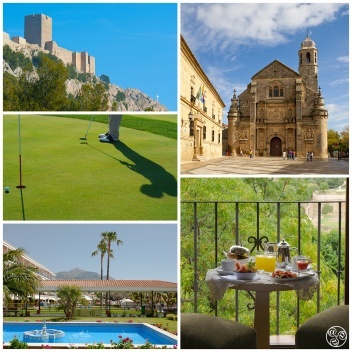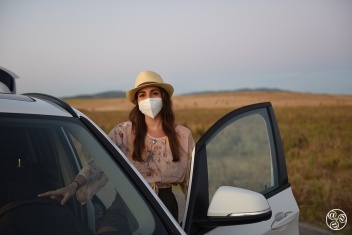Welcome to the Andalucia Highlights 2021!
Andalucia.com is dedicated to southern Spain, where visitors and locals enjoy lots of sunshine each year, life is lived outdoors, and fiestas are celebrated merrily with local food and wine, all the year round, in every village, town and city, to celebrate everything from food harvests to religious pilgrimages. Andalucia is one of the most varied regions in Spain, with every type of scenery from wetlands to deserts, mountains to beaches.
Naturally 2020 and 2021 are different, we look forward to returning to normality and the return of international tourists in 2022.
Most of the 10.000 pages on Andalucia.com are read by searching for information on a specific subject or by navigating from the main menu above.
The Andalucia.com highlights are an opportunity to read the website like you would a magazine, simply scroll down this page and click on an article that interests you. We are adding several new articles at the top of the list each week. The page features a mix of articles timed to coincide with an event or news story and timeless classics.
When you reach the bottom of the page, which is the beginning of this year, explore another year.
Welcome to the Andalucia.com highlights of 2021.
65 Music and Dance Festivals in Andalucia
There are hundreds of local music and dance festivals held in Andalucía each year, especially in the summer. We track fifty established ones. 2025 is set to be another big year, with organisers releasing festival dates noticeably earlier, and people are ready to party!
Andalucia.com wishes you a prosperous 2022
Andalucia.com wishes you a very happy holiday season. We would like to take this opportunity to wish all our frievery best wish for happy, healthy and prosperous 2022.
Day of the Holy Innocents - 28 December
In Spain, the equivalent of All Fools' Day is “Día de los Santos Inocentes”, which takes place in the middle of the long Christmas season (Spanish Navidad runs all the way through to 6 January, the Epiphany). On 28 December it’s your turn to play your favourite jokes on friends and family!
Christmas in Andalucia
The Christmas season in Andalucia starts much later than those from northern Europe and North America might expect. The smell of chestnuts roasting over fires tended by street vendors will begin to waft past you as of November, and that will continue until the Three Kings make their visit to local homes in January.
Flamenco - Villancicos - Zambombas
The villancicos are also known by the name of zambombas in Andalucía, a name which comes from the instrument that is traditionally used to accompany them. A zambomba is a drum like instrument that has a stick inserted through the skin, and the stick is moved up and down, creating the rhythm.
Christmas Pastries
Traditional Spanish Christmas pastries (of the non-"turrón" type) add a special touch to the holidays with their own distinct flavours - and textures! Here is a look at some of the most popular specialities. Once upon a time they were only available in December and January, but that is changing. Nevertheless, it's only during the holiday season that you'll see them in such large amounts. In fact, in most supermarkets you can even buy them in bulk.
Almond Turron Recipe
This traditional Christmas candy is becoming more common throughout the year as supermarkets offer it as a standard product. However, it is still associated with the Christmas season where it is served after meals on a platter full of all kinds of Christmas sweets, nuts and dried fruits.
Three Kings
There is quite a debate across Spain regarding whether Santa Claus is displacing the traditional Three Kings at Christmastime in Spain. The truth is that Santa Claus is becoming more and more common, but even families that sign up with “Papa Noel” usually keep their accounts open with the Kings.
Villaluenga del Rosario
Out of all the towns on the Pueblos Blancos route in Sierra de Cadiz, this town sits at the highest altitude. Cushioned in the narrow valley of the Arroyo Albarrán Grazalema, this small settlement enjoys a striking setting, with a towering mountain on one side, and a sloping U-shaped valley on the other. The town’s name translates to the ‘long town of the rosary’, apt for its narrow shape.
Las Negras
Las Negras takes its name from the mountain to the the left of the village, El Cerro Negro (“The Black Mountain”). This is a large mass of dark volcanic material, which has spread over the sea and beaches of the town as an effect of erosion, now filling the stony shoreline with its colour. The village has around 350 inhabitants.
Monasterio de la Cartuja
This large, walled complex of honey-coloured stone buildings, situated on the Isla la Cartuja (named after the monastery itself; the word means “charterhouse”), has seen many ups and downs during its long, dramatic history. From monks who welcomed Christopher Columbus, to barracks for Napoleon’s troops, ceramic factory run by an Englishman producing world-renowned porcelain, to modern-day contemporary art gallery and open-air live music venue.
La Isleta del Moro
La Isleta del Moro is a quaint fishing hamlet known for its picturesque setting, and well worth the 500m detour from the AL-4200 San Jose to Las Negras coast road.Population is about 200. The name comes from Isleta del Moro Arraez, possibly from a Moorish commander called Mohamed Arraez (ar-rais means boat owner). Straddling a narrow peninsula, between two small hills, the hamlet offers a very photogenic coastal scene.
Agua Amarga
Agua Amarga is a pretty fishing village and beach resort on the Almeria coast, in Cabo de Gata-Nijar natural park, with a population of just 400. Still undiscovered by large-scale tourism, this is one of Andalucia's hidden seaside treasures. While its name may translate as Bitter Water, this delightful, laid-back beach town has excellent Mediterranean cuisine, good independent boutiques and trendy bars.
Mesa Roldan near Agua Amarga
Mesa Roldan is a flat-topped extinct volcano, part of a massive rocky headland topped with a lighthouse and tower, between Agua Amarga village and Playa de los Muertos. It is actually in the municipal district of Carboneras town to the north Mesa Roldan was also featured in the hit series "Game of Thrones," where its dramatic landscape played the role of Meereen.
Villages in Seville province
In the Sierra Norte Natural Park, part of the immense Sierra Morena, are some of province's prettiest villages, often in stunning settings, overlooking the undulating slopes of the Sierra clothed in holm and cork oaks and Mediterranean shrubs.
Seville Cathedral
The cathedral's construction lasted over a century, from 1401 to 1506. It is said that when the plans were drawn up, church elders stated, "Hagamos una iglesia tan hermosa y tan grandiosa que los que la vieren labrada nos tengan por locos." (Let us build a church so beautiful and so magnificent that those who see it finished will think we are mad).
Alcazaba of Almeria
The hilltop Alcazaba's hefty walls and towers dominate the city and command magnificent views over the old town below and across to the Mediterranean. Measuring 25,000m2, this was the largest fortress built by the Moors. The Alcazaba was founded during the first half of the 10th century by Cordoban Caliph Abd al-Rahman III, who also built Medina Azahara.
Via Verde of Olive Oil
This vía verde (greenway) covers 55km between Jaen and the Guadajoz river, where it joins the Vía Verde of the Subbética. It is suitable for walkers, cyclists and wheelchair users. This greenway follows part of the 120km-long Jaen-Puente Genil railway line used for transporting olive oil from the late 19th century onwards, linking Jaen with Malaga and Algeciras and opening up the market for oil.
Lepe
Lepe is a small agricultural market town, that until the late seventies its economy was based on fishing, but is now one of the wealthiest villages in the region thanks to its intensive farming of strawberries, which are exported all over Europe. It is also famous for being the subject of innumerable Spanish 'Irishman' jokes. It has about 27, 000 inhabitants.
Granada City - History
Granada's history is one of internal crises because of the existence of a powerful landowning nobility successive wars with Castile. Successive kings of Granada sought political support and military aid from Morocco. Moroccan recruits caused the kingdom to undergo an intense process of "arabisation", to cut itself off from all Castilian influences, and to develop an absolute form of government based on military support.
Halloween and All Saints' Day
On 1 November, Tosantos (a contraction of todos los santos, or "all the saints") is celebrated throughout Andalucia, particularly in the villages of Cadiz and Malaga. It is traditional to visit the cemetery and place flowers or light candles on the graves of departed loved ones.
Cazalla de la Sierra
Cazalla de la Sierra is the second-largest town in the Sierra Norte Natural Park. It boasts one of the finest churches in the Sierra Morena, as well as grand mansions, several monasteries, including one which has been converted into a hotel and arts centre, liqueur factories and wineries. The town has about 5000 inhabitants.
Cúllar - Venta Quemada
Venta Quemada is a small village in the municipal district of Cúllar on the plateau of Chirivel, one of the ‘High Plains’ (Atliplano) of the province of Granada. The village sits within the comarca of Baza, located south of the A-92N motorway off junction km 75 (coming from Guadix, or km 369 coming from Seville). It has a population of about 125. The village shares its name with a very popular venta (roadside inn) that specialises in barbeque grill.
Gibraltar Airport History
The runway was first established during the Second World War on the southern half of the 'neutral zone'. During the sieges this had been an un-demarcated strip of sand on the isthmus separating the British and Spanish lines of fortifications. It was said to be the distance of a canon ball's range. In 1813 it was used by Gibraltar as a Yellow fever encampment. In 1909 the British erected a fence and gate half way along. Between the world-wars Gibraltar marked out a horse-racing track.
Russian Orthodox Church
Drivers on the A-7 Coastal highway east of Estepona will have seen the silver capped tower against the blue sky and wondered what the building was. The answer is the first ever purpose-built Russian Orthodox church on Costa del Sol's and Andalucia.
Baelo Claudia
Baelo Claudia, near Tarifa, is one of Andalucia´s most significant and well-preserved Roman archeological sites. The extensive ruins are situated on the Costa de la Luz, some 15km north of Tarifa, by the small town of Bolonia and its beautiful beach. The site´s important history rests on the former city having been a strategic point for trade routes between Europe and North Africa.
Jabugo
Although at first Jabugo is one of the less picturesque villages in the Sierra de Aracena, with abattoirs and factories littering its outskirts to feed the local jamon iberico industry, the old centre is as attractive as any Aracena town.
Picasso Museum
The people of Malaga are proud of the fact that Picasso was born here and it was a big day when the King and Queen of Spain inaugurated the Museo Picasso (Picasso Museum) on the 27th October 2003. On that first day alone almost 2,000 people visited. the museum, which is housed in the Palacio de Buenavista.
Cable Car Benalmadena
The Telecabina takes you on an amazing 15-minute journey in a four-person cable car right up to the highest point on the Málaga coast at an altitude of almost 800m above sea level. From this superb vantage point, you not only have the most magnificent views of the Costa del Sol, but also the awesome panoramic vistas of the Sierra Nevada mountains (white with snow in the winter months), the Guadalhorce Valley and on a clear day you can see Gibraltar and the coast of Africa.
Flights to Andalucia
Andalucia is extremely well-connected for international visitors, with thousands of flights arriving from all over Europe every day. There are six main airports in the region - five in Andalucia itself (Malaga, Seville, Granada, Jerez and Almeria), plus Gibraltar, which is handy for the Costa de la Luz (south of Cadiz) and western Costa del Sol (west of Malaga).
Strawberries
Andalucía, in southern Spain, is renowned for its vibrant culture, stunning landscapes, and agricultural abundance. Strawberries not only delight the palate but also offer significant nutritional benefits, perfect when served with local honey.
Oranges
Oranges are big business in Spain. Andalucia topping the charts in production ahead of Valencia since 2019. However, the “naranjo” (orange tree), its blossoms and its fruits have a long tradition in Andalucia with Moorish poets singing their praises in Islamic Spain and historians reminding us that these trees were also valued by Greeks and Romans who surely cultivated them in their Iberian colonies.
Antequera
A visit to this historical Andalucían town is a journey almost 5,000 years back in time, beginning with the Bronze Age and the native Iberians. The timeline is there to be followed in this fascinating city's profusion of burial mounds, dolmens, Roman baths, a Moorish Castle, Gothic churches, Renaissance fountains and baroque bell towers.
Antequera Dolmens
Just outside Antequera you can visit three 5,000-year-old dolmens: Menga Dolmen (the largest in Europe) and Viera Dolmen, which are both located just outside the town, while El Romeral Dolmen is a few km away. These three prehistoric burial chambers represent some of the largest and most complete megalithic structures in Europe.
Santa Maria Polo Club
The Santa María Polo Club is by far the most well-known polo club in Spain and also considered one of the best clubs in the world, providing exclusivity and glamour. It built the first polo field in Sotogrande around 1965 and ever since has constantly improved the installations and reputation of the club.
Tarifa
Tarifa sits at the southern-most point of mainland Europe, where the Med meets the Atlantic. Just 14km across the Straits of Gibraltar at its narrowest point, the town enjoys spectacular views of the Rif mountains of North Africa, just across the water.
Seville City - Ten Fascinating Facts
We bring you ten interesting titbits about the Andalucian capital, whether you´re visiting Seville for the first time, you´re already a seasoned expert, or you live here. Find out more about film, food, sport, history, religion and politics - plenty of key aspects of this historic city.
Flights to Andalucia
Andalucia is extremely well-connected for international visitors, with thousands of flights arriving from all over Europe every day. There are six main airports in the region - five in Andalucia itself (Malaga, Seville, Granada, Jerez and Almeria), plus Gibraltar, which is handy for the Costa de la Luz (south of Cadiz) and western Costa del Sol (west of Malaga).
New Hotel openings in Andalucia
Global travellers always have their eyes on Andalucia, we on your behalf, always have our ear to the ground to share news of exciting new hotel openings and major refurbishments in Southern Spain.
Roman roads in Andalucia
Via Herculea or Via Exterior was an important Roman road into Hispania, reaching as far as Gades (Cadiz). This 1,500 km-road from Narbonne in Gaul to Cadiz was renamed Via Augusta after the emperor, who ordered it to be renovated between 8 BC and 2 BC. Many Roman roads in Andalucia are today referred to as Via Augusta. This is a misnomer, although other roads that Augustus renovated may have been referred to locally as Via Augusta. The confusion arises because the Romans only named principal routes.
Ronda
Despite being a growing town, Ronda retains much of its historic charm, particularly its old town. It is famous worldwide for its dramatic escarpments and views, and for the deep El Tajo gorge that carries the rio Guadalevín through its centre. Visitors make a beeline for the 18th century Puente Nuevo 'new' bridge, which straddles the 100m chasm below, before taking in the views from the Alameda out over the Serranía de Ronda mountains.
Medina Sidonia
Medina Sidonia is an unspoilt, ancient hilltop town, little-known despite its important history. The town was one of Spain's most important ducal seats in the 15th century; producing an admiral who led the Spanish Armada against England. The title of Duque de Medina Sidonia was bestowed upon the family of Guzmán El Bueno.
Blue Flag Beaches on the Costa del Sol
Take a look at which 41 Costa del Sol beaches were awarded a Blue Flag in 2024 and check progression of awards since 2014. Destinations are listed along the coast from West to East.
Vejer de la Frontera
If you are exploring the N340 Costa de la Luz coast road, you'd be wise to make time for a wander around Vejer. This classic white village on the hilltop is well worth a visit. It is actually 10 kilometers inland, perched high above the steep gorge of the River Barbate.
Blue Flag Beaches on the Costa Almeria
Take a look at which 11 Costa Almeria beaches were awarded a Blue Flag in 2024 and check progression of awards since 2014. Destinations are listed along the coast from West to East.
Grazalema
Located in a high valley over 800m in the Sierra del Endrinal and dominated by the magnificent rocky outcrop known as Peñon Grande, the pretty mountain village of Grazalema is most popular base for visitors to the Sierra de Grazalema Natural Park. The park is a vast protected area of rugged limestone mountains, which are famous for being the rainiest place in Spain.
Los Escullos
If Bond movies, quirky bars, fossils and remote Mediterranean beaches appeal to you, take a trip to Los Escullos. Los Escullos is a small cluster of houses overlooking the jagged Almeria coastline, a few km north of San Jose. Sitting under the extinct volcano Cerro del Fraile (at 493m, El Fraile peak is the highest of the Sierra del Cabo de Gata), it has a certain charm.
Patios de Córdoba Festival
The Patio contests is sponsored by the Córdoba City Hall and began in 1918. But to really understand why a contest of this type was created in Córdoba you must know something about the local architecture.
Jardines de la Concepción
Just outside Malaga, "La Concepción Jardín Botánico-Historico de Málaga." is a magnificent botanical garden. There are regular guided tours of the gardens which pass through exotic trees and plants, Roman sculptures and a waterfall. There is also a beautiful mansion that once belonged to the creators of the gardens, the Marquis of Casa Loring and his wife, and several panoramic view points to enjoy.
Semana Santa Food
Semana Santa, like any other festival, has its own special flavours and this is especially during this week because traditionally Catholics are not supposed to eat meat. A great time for seafood.
Archivo General de Indias
The Archivo General de Indias is situated next to the Cathedral, on Avenida de la Constitucion. This 16th-century building houses 80 million pages of documents and maps about the Indies (9km of shelving), Spain’s mighty empire from the 16th, 17th and 18th centuries, providing the most complete and documented historical view.
Jerez de la Frontera - Fascinating Fact 1
The city's name started out as "Xeres" in Roman times (though the Phoenicians were here before them), then became "Sherrish" under its Moorish rulers (giving its name to the fortified wine, finally ending up as "Jerez de la Frontera" in the late 14th century, due to its location on the border of the Muslim and Christian-ruled regions. In Catalan, Italian and French, sherry is still called "Xeres", harking back to the Roman/medieval Castillian word, "Xerez".
Golf News
LIV Golf has announced that it will return to Real Club Valderrama in Sotogrande next year for the LIV Golf Andalucía 2026 tournament, which will take place from 5 to 7 June 2026. This will be the fourth edition of the Andalucía tournament. The tournament will feature the Fireballs GC team, led by Sergio García, and the Legión XIII team, led by Jon Rahm.
Antonio Banderas
This highly acclaimed actor has it all – the looks, the charm, the drive, the energy, and the creativity. Star of innumerable Hollywood movies, Banderas is one of Andalucia’s most famous, and proudest, exports.
Caminito del Rey footpath
The Caminito del Rey is a cliff-side path hanging 100m above the waters of the river Guadalhorce reservoir, as it runs through the famous beauty spot; El Chorro Gorge, near the villages of El Chorro in Alora and, Ardales, about 25 km inland from Malaga city.
Malaga City - Fascinating Fact 5
Malaga´s astonishing reinvention of itself, from stopping-off point for beachgoers to artistic mecca of southern Spain, has been triggered by the Picasso museum and followed up by the Centro de Arte Contemporaneo (CAC) de Malaga, Malaga´s Tate Modern. This has temporary exhibitions by cutting-edge international artists, such as Louise Bourgeois and Robert Mapplethorpe, as well as showing both up-and-coming and established Spanish artists (Chema Cobo), and a permanent collection.
Picasso Museum
The people of Malaga are proud of the fact that Picasso was born here and it was a big day when the King and Queen of Spain inaugurated the Museo Picasso (Picasso Museum) on the 27th October 2003. On that first day alone almost 2,000 people visited. the museum, which is housed in the Palacio de Buenavista.
Alcazaba of Málaga
La Alcazaba is Malaga's most important landmark, and overlooks the city from a hilltop inland. It is one of two Moorish fortresses in the city, the other being the Castillo de Gibralfaro, situated above. The Alcazaba is the best-preserved Moorish fortress palace in Spain. It received about 1 million visitors in 2016.
Seville City - Fascinating Fact 6
Visitors to Seville will notice a symbol on many signs around the city, from taxis and buses to sewer covers, consisting of the letters ´NO8DO´. This is the city´s logo, and legend says that it originates from the 13th-century coat of arms awarded to Sevilla by King Alfonso X the Wise.
Seville City - Fascinating Fact 5
This dark period in Catholicism´s history is still endlessly, if morbidly, fascinating, and it is rumoured that a museum on the Spanish church´s merciless 300-year purge of ´heretics´ is being planned in Seville.
Seville City - Fascinating Fact 7
One of the most controversial of Seville´s many claims is that Cristobal Colón (Christopher Columbus) is buried here, in Sevilla´s mighty Gothic cathedral, variously described as either the third, second or biggest cathedral in the world (the other contenders being St Peter´s in Rome, and St Paul´s in London), depending on who you talk to.
Seville City - Fascinating Fact 8
The 1992 Expo put Seville on the map. Andalucia had become poor and backward during the Franco era, and an injection of cash for new roads, a high-speed rail (AVE) linking Seville to Madrid and a new airport transformed the city.
Seville City - Fascinating Fact 9
There´s a saying that Sevillanos are so astonished the British actually want to use their bitter oranges to make marmalade, that they reckon the pith is secretly used to make gunpowder.
Seville City - Fascinating Fact 10
Seville is a city of dualities. If you´re a football fan, as many Sevillanos are, you´re either a betico or a sevillista, supporting Real Betis Balompie (green and white strip) or Sevilla Futbol Club (red and white).
Alcazaba of Málaga
La Alcazaba is Malaga's most important landmark, and overlooks the city from a hilltop inland. It is one of two Moorish fortresses in the city, the other being the Castillo de Gibralfaro, situated above. The Alcazaba is the best-preserved Moorish fortress palace in Spain. It received about 1 million visitors in 2016.
Parador Hotels: Reviews
Reviews of the prestigious Parador hotels of Andalucia. As well as being located in historic buildings such as castles, palaces and convents, other, modern buildings are designed to open up fascinating – but less well-known – areas to tourism.
Coronavirus in Andalucia, News and Statistics
Coronavirus in Andalucia, News - Page updated with latest news several times a week including latest statistics for Andalucia, Costa del Sol and Spain



